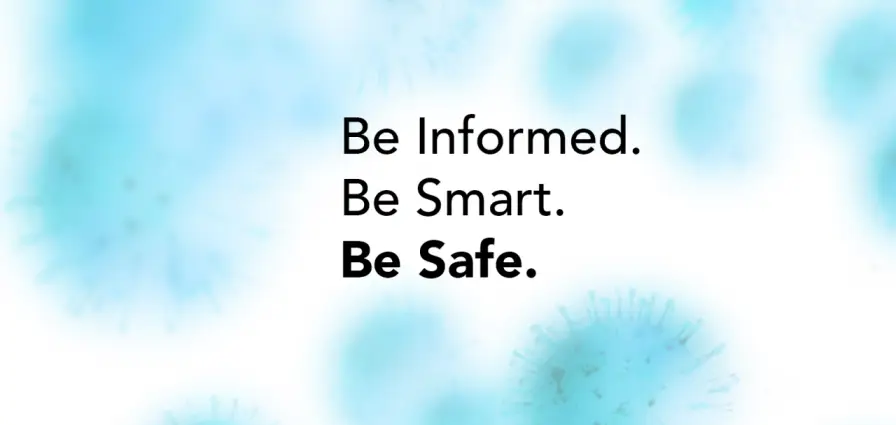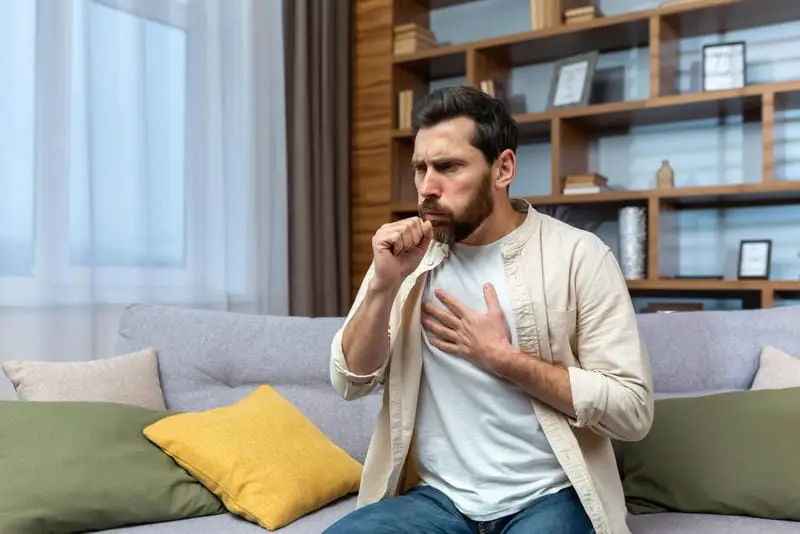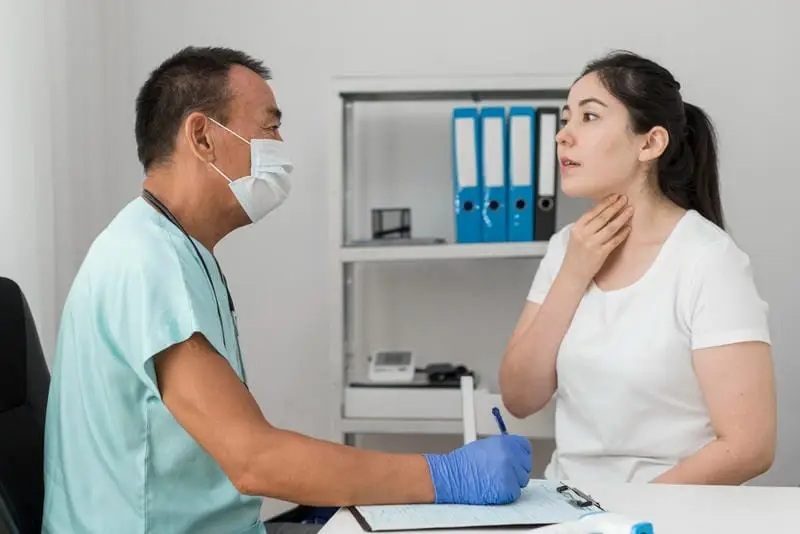Home COVID: A reminder to stay safe
As we approach the second wave of COVID, we need to remain vigilant with our actions to prevent the spread of the virus.
COVID: A reminder to stay safe
As we approach the second wave of COVID, we need to remain vigilant with our actions to prevent the spread of the virus. We are continuously reminded about wearing a mask in public, maintaining socially distant, and not engaging in risky behavior such as large gatherings. But today we will focus on other forms of transmission. COVID is primarily transmitted by airborne droplets, but spreading the infection through infected surfaces is still feasible. Here we will look at three articles that investigate this mode of transmission.
-
SARS-COV-2 Survives for 28 days on surfaces
This study by Australian scientists has found that SARS-CoV-2 can survive on surfaces for up to 28 days. The team investigated using the same amounts of virus found on infected individuals, interacting with surfaces such as cotton, paper, stainless steel, glass, and vinyl. Such materials were chosen as they represent commonly touched objects such as mobile phones, ATMs, supermarket checkout regions, items that may not be cleaned regularly enough. Previous research showed the virus could be detected in aerosols for up to three hours, and on plastic and stainless steel surfaces for up to three days.
This study found the virus may survive as long as a week on most surfaces, with enough potency to re-infect. Even after two weeks, there were still plenty of detectable viruses. On other surfaces such as banknotes, the virus could survive as long as a month. The survival of the virus is also potentiated by colder temperatures. The virus is far less likely to survive at 30C than at 6 C, a worrying finding for countries currently approaching winter.
-
Survival of SARS-CoV 2 on the human skin
We know our skin is host to millions of different bacteria and viruses, but the conditions created by the body alongside the degree of microbial competition actually makes it quite a hostile environment for pathogenic microbes. Hirose et al looked to investigate how well the SARS-CoV-2 virus survives on human skin, using a model. They found that SARS-CoV-2 and the influenza A virus were destroyed more quickly on the skin than other surfaces such as steel, glass, and plastic. However, COVID lasted over 4x longer on skin compared to Influenza A (9 hours vs 1.8 hours).
More importantly, ethanol compounds were found to inactivate SARS-CoV-2 within 15 seconds on human skin. This highlights the importance of regular hand washing, even if with alcohol gel. Taking this in mind, it is useful to keep small bottles of alcohol gel on a person when traveling in public and using it regularly. After all, if you are touching door handles and other items that hundreds of other people may have touched before you, potentially with poor hygiene, it is safer to regularly disinfect.
-
Low risk of COVID transmission by fomites in real life conditions
Having taken these studies into account, it is quite difficult to quantifiably measure transmission from surface to a person. Knowledge of this transmissibility is quite important, especially to those working in a hospital environment. A review by Mondelli et al published in the prestigious journal The Lancet (Infectious Disease) describes two sequential studies to looking at the possibility of contamination of surfaces in an infectious disease ward of a major Italian hospital, and also whether risk of transmission was higher in emergency rooms and sub-intensive care wards.
These studies found there were very few surfaces in the hospital through which positive swabs could be taken, suggesting contamination was low. Of course the hospitals were running standard cleaning procedures, with regular wipedowns of commonly toughed objects. This again highlights the importance of maintaining hygiene, and how adequate cleanliness can significantly reduce the risk of infection.









